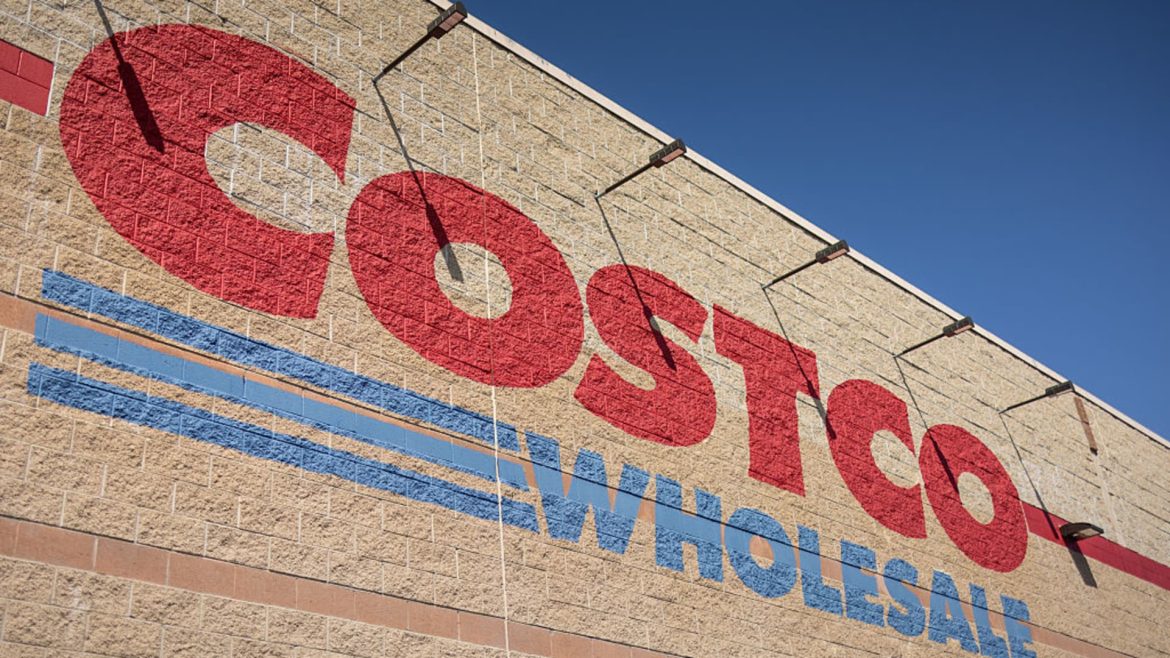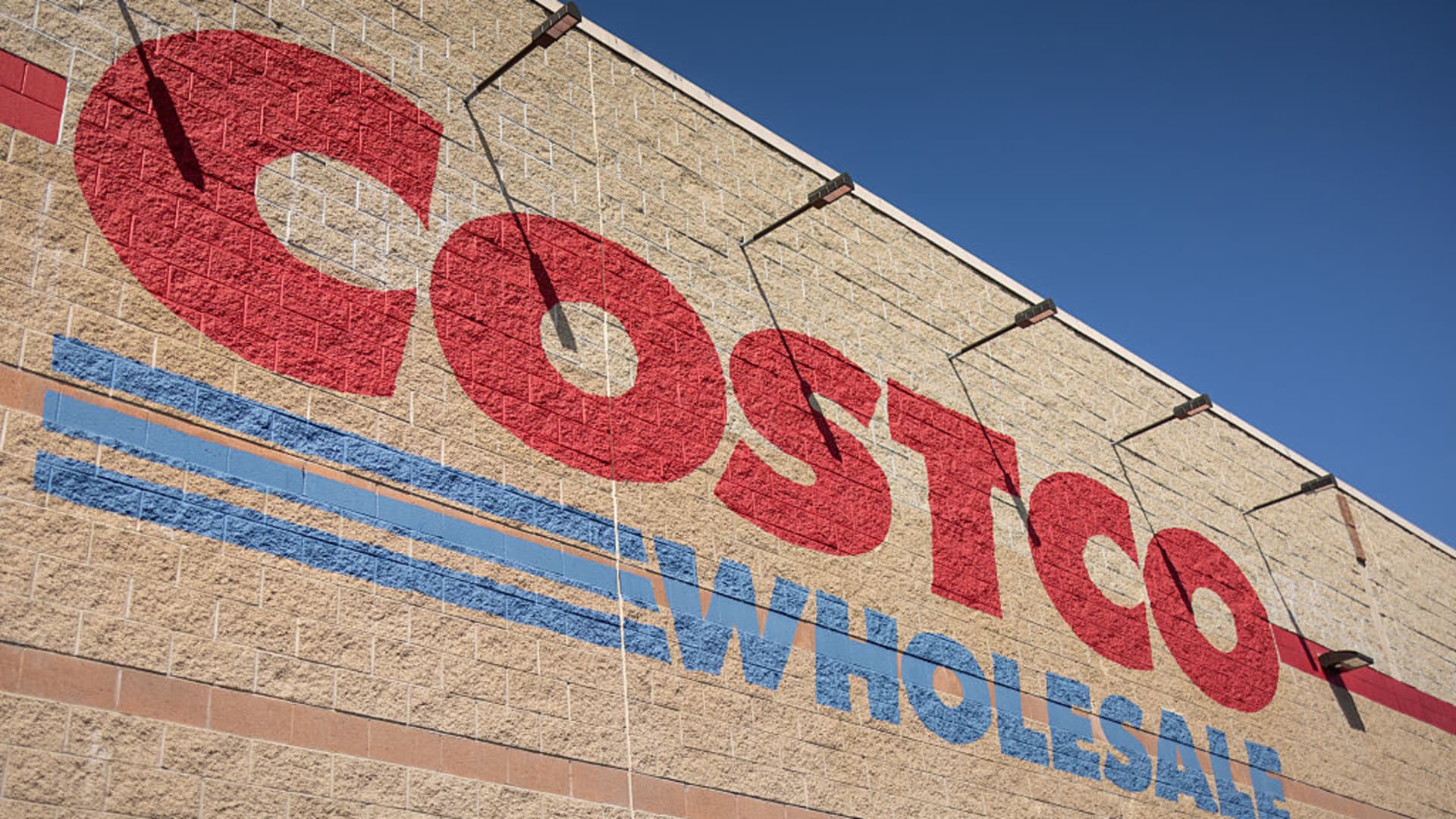Costco’s recent financial performance displays a narrative of robust growth, resilience amidst economic pressures, and strategic positioning that continues to captivate investors and market analysts alike. The comprehensive data from multiple quarters and sources paint a picture of a retail giant adept at navigating the challenges of consumer behavior and competitive dynamics. This analysis delves into Costco’s earnings, revenue trajectory, same-store sales performance, membership dynamics, and broader market implications.
Strong Revenue and Earnings Growth: A Consistent Upward Trajectory
Costco’s net income and revenue figures reveal a consistent upward trajectory, surpassing analyst expectations in several key quarters. For the three-month period ending May 11, net income rose to $1.90 billion, or $4.28 per share, up from $1.68 billion, or $3.78 per share, a year prior. This increase marked not only robust earnings growth of roughly 13% per share but also a solid expansion of the bottom line.
Revenue grew correspondingly, with figures climbing to approximately $63.21 billion, reflecting an 8% year-over-year increase. This gain modestly exceeded Wall Street’s models that estimated around $63.13 billion, exemplifying Costco’s ability to outperform sales expectations despite a challenging economic landscape marked by inflationary pressures and shifting consumer spending habits.
In a more expansive view covering the fourth fiscal quarter, total revenue spiked by 9.5% to nearly $78.94 billion, outpacing analyst estimates of $77.90 billion. These numbers underscore Costco’s scalability and resilient demand for its value-based retail model.
Same-Store Sales: Stable Growth Coupled with E-commerce Expansion
Same-store sales, a critical retail metric that isolates organic growth by excluding new store openings or closures, increased 5.7%. While this figure slightly missed some analyst estimates, it remains indicative of steady growth and effective inventory management. Importantly, Costco’s ability to drive incremental sales in existing locations points to sustained customer loyalty and effective product mix strategies.
Moreover, e-commerce sales surged an impressive 14.8%, highlighting a crucial avenue for growth amid changing shopping habits fueled by digital convenience. Costco’s investment in bolstering its online platform appears to pay dividends, as increasingly tech-savvy consumers seek seamless purchasing options alongside in-store experiences.
Membership Model and Pricing Power: Building a Loyal Customer Base
A distinct strength in Costco’s operational model lies in its membership fee revenue, which increased by 8% year-over-year amid a recent fee hike. This incremental revenue stream demonstrates both pricing power and the willingness of customers to continue investing in the Costco membership ecosystem despite broader economic uncertainties.
The membership-only warehouse concept fosters a loyal base that is incentivized to make repeat visits and bulk purchases, supporting Costco’s market share gains. Even with inflation affecting consumer wallets, the perception of savings and value proposition appears to resonate strongly, which is vital in maintaining continued revenue growth.
External Challenges and Market Positioning
While the broader retail sector grapples with concerns over reduced consumer spending and tariff impacts, Costco appears well-insulated relative to its competitors. Notably, comparable sales excluding gas and currency impacts rose 8%, far exceeding analysts’ expectations of 6.99%. This resilience suggests that Costco’s ultra-low prices for essential goods and its vast memberships provide a buffer against economic headwinds.
However, some earnings reports hinted at mixed results, particularly in terms of same-store sales falling just short of analyst forecasts. These nuances highlight that while Costco is performing strongly, there is modest pressure to sustain growth momentum as market conditions evolve.
Strategic Outlook: Continued Market Domination Through Value and Innovation
Costco’s financial performance reflects a strategic mastery of combining low-cost bulk merchandise with a membership-driven customer loyalty program. By achieving steady increases in revenue and earnings per share, expanding e-commerce channels, and maintaining a robust membership base willing to accept price hikes, Costco effectively secures its market position.
The company’s ability to beat estimates while maintaining steady growth in various segments enables it to navigate inflationary volatility and shifting consumer preferences. Given these strengths, Costco is well-positioned not only to maintain but potentially expand its market share, raising the bar for wholesale retailers.
—
Conclusion: Costco’s Blueprint for Sustained Retail Success
Costco’s ongoing financial results illuminate a corporate strategy anchored in value creation, customer loyalty, and adaptive growth. With impressive earnings per share growth, consistent revenue outperformance, compelling membership fee increases, and swift e-commerce expansion, Costco demonstrates it is more than just a warehouse retailer—it is a resilient retail powerhouse.
While minor pressures on same-store sales suggest cautious optimism, the broader narrative remains one of sustained momentum. For stakeholders, Costco offers a compelling exemplar of how a retail business can thrive by marrying efficient operations with a deep understanding of consumer needs in a complex economic environment. This foundation bodes well for future quarters and long-term market dominance.





